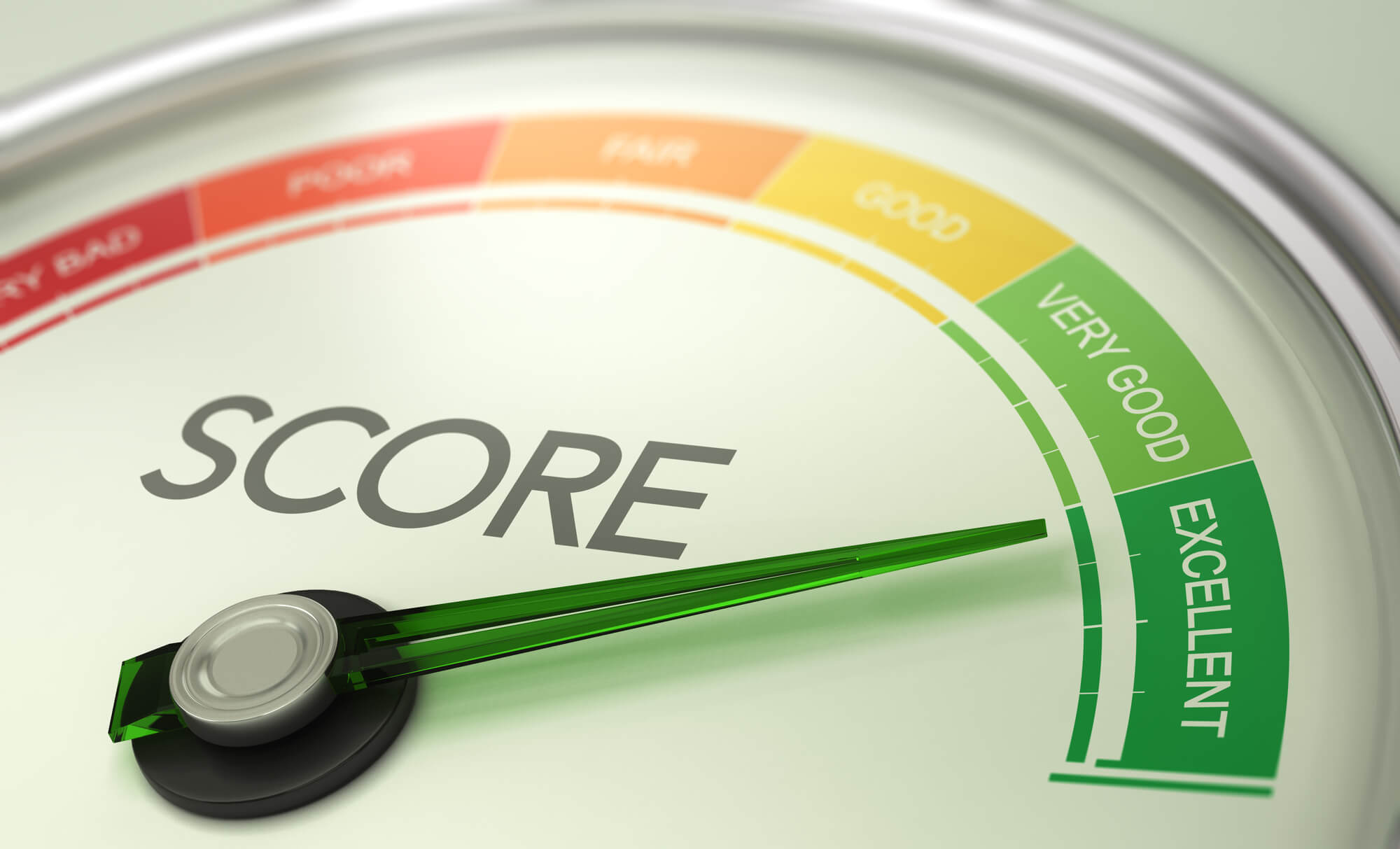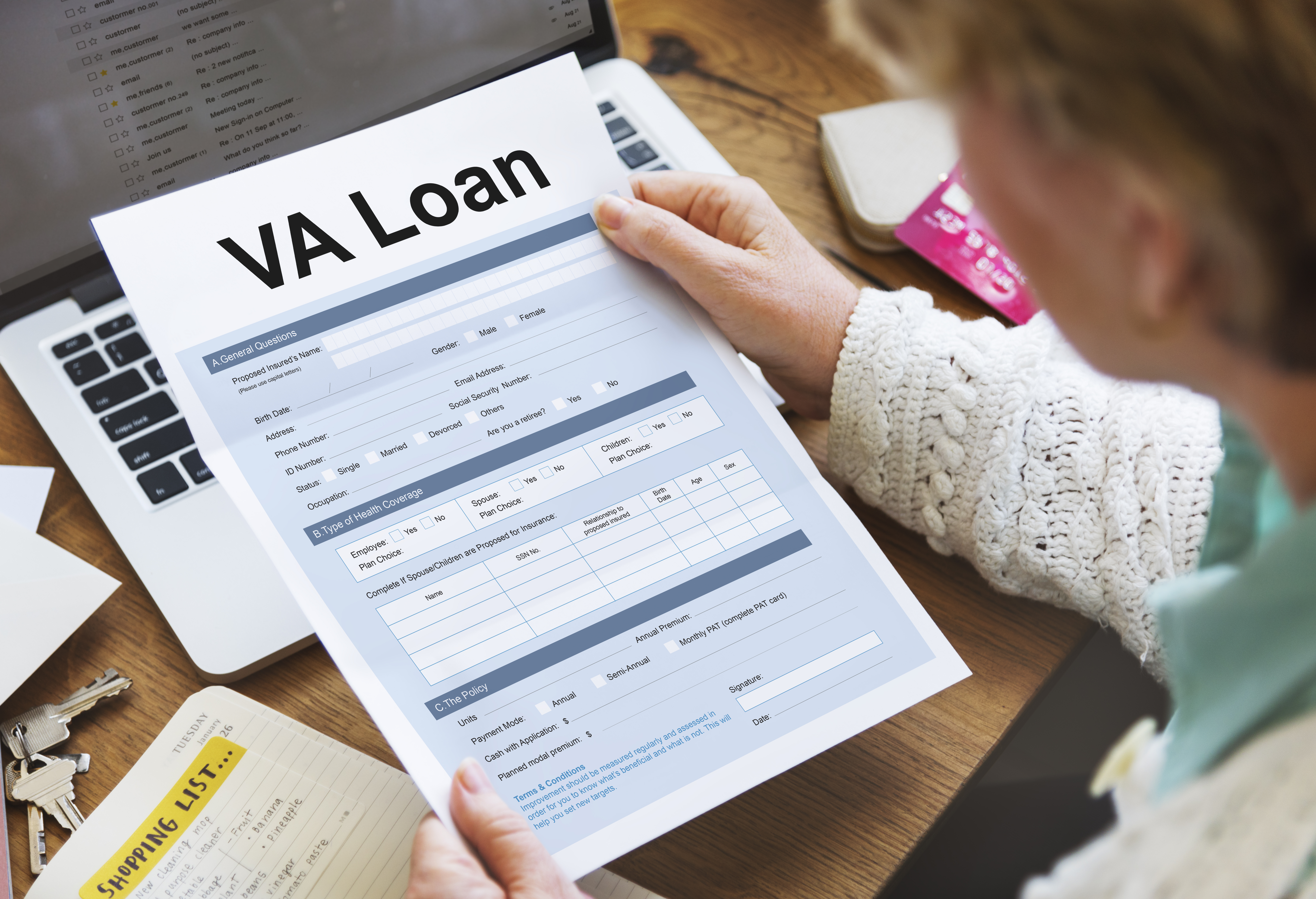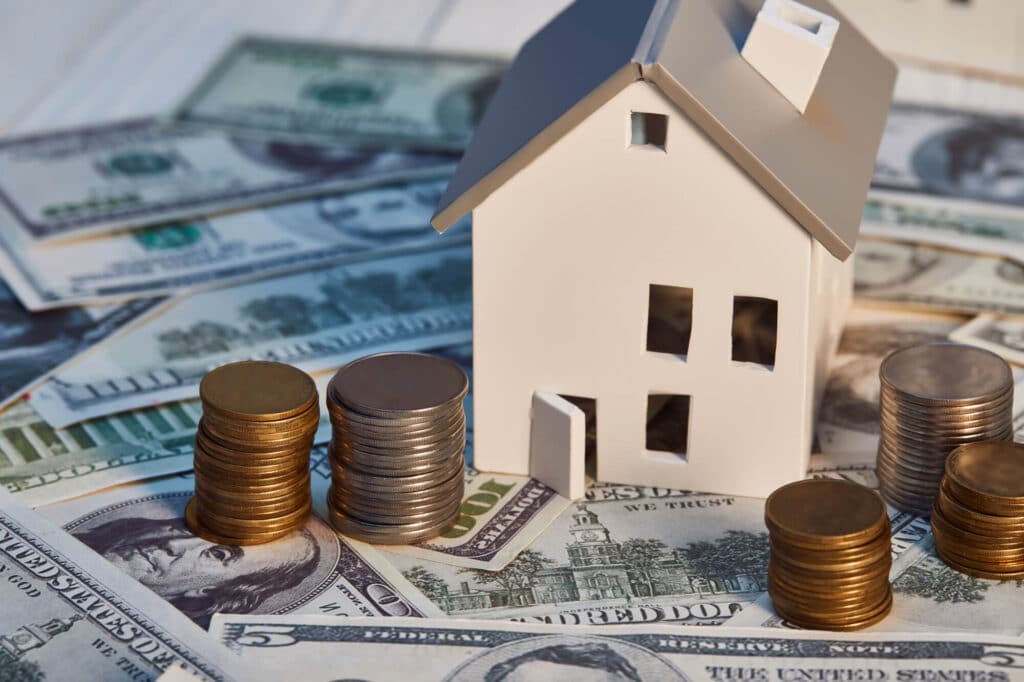Renovating your home can be exciting, but figuring out how to pay for it might feel like a puzzle.
Luckily, there are various types of renovation loans designed to help homeowners like you finance their dream projects. Whether you’re looking to update your kitchen, add a new bathroom, or completely transform your home, there’s a loan option out there that fits your needs.
In this guide, we’ll explore the different kinds of renovation loans available, making it easier for you to choose the right one. Are you ready to start your renovation journey? Sprint Funding is here to help you every step of the way.
Reach out to Sprint Funding today for a free consultation!
Overview of Renovation Loans
Renovation loans are specialized financial tools that enable homeowners or prospective buyers to fund both the purchase of a home and the cost of its improvement or necessary repairs. They are distinct from other loan types due to their consideration of a property’s after-repair value (ARV), which is its projected value post-renovation.
When applying for renovation loans, borrowers need to be aware of several crucial requirements:
- Down Payment: It often starts at around 3% for certain loan types.
- Credit Score: Minimum thresholds typically start at around 620.
- Debt-to-Income Ratio: Must be reasonable to qualify.
Benefits of Renovation Loans:
- They combine the home purchase and renovation costs into a single loan.
- They allow borrowing based on the potential home value after improvements.
- They may finance extensive repairs that other loans won’t cover.
Borrowers should opt for renovation loans when purchasing a fixer-upper or when planning significant home improvements. Making informed decisions involves understanding the loan types, their requirements, and potential benefits.
FHA 203(k) Rehabilitation Loan
The FHA 203(k) Rehabilitation Loan is designed for homebuyers and homeowners looking to refurbish or renovate their homes. It encompasses the costs of renovations and the purchase price of the property in one mortgage.
Eligibility Requirements
 To be eligible for an FHA 203(k) loan, applicants must meet the following criteria:
To be eligible for an FHA 203(k) loan, applicants must meet the following criteria:
- Credit Score: A minimum credit score of 500 is required.
- Down Payment: A minimum down payment of 3.5% for credit scores of 580 or higher and 10% for scores between 500 and 579.
Loan Limits
The FHA 203(k) loan limits vary based on the county and are aligned with FHA mortgage limits. Renovations must have a minimum cost of $5,000, and the combined value of the renovation plus the purchase price must remain within these limits.
Process and Timeline
The process for obtaining an FHA 203(k) loan follows a specific sequence:
- Application: The borrower applies with an FHA-approved lender.
- Selection of Contractors: Borrowers must select qualified contractors for the proposed work.
- Appraisal: An appraisal is conducted to estimate the property’s value post-renovation.
- Approval and Closing: Once approved, the loan closes, and renovation work can commence.
- Disbursement of Funds: Funds are released to contractors during construction as stipulated by the loan terms.
The timeline can vary but usually includes a specific period for the completion of work, often capped at six months from the loan closing date.
HomeStyle Renovation Mortgage
The HomeStyle Renovation Mortgage is a loan program that allows borrowers to combine their home purchase or refinance with home improvement costs into one loan.
Loan Features
- Down Payment: The minimum down payment is typically 3%–5% of the total purchase price plus renovation costs.
- Loan Limits: Based on conventional loan limits, which for most areas in 2020 were $510,400 for a single-family home, scaling up for multi-unit properties.
Required Documentation
- Credit Score: Lenders typically require a credit report to verify credit score eligibility.
- Income Verification: Borrowers must provide income proof, which can include W-2 statements, tax returns, and payroll slips.
- Contractor Proposal: A detailed proposal from a licensed contractor outlining the scope and cost of renovation work.
Property Types Covered
- Single-family homes: Eligible for financing, with the loan covering both the purchase and improvements.
- Multi-unit properties: Loans can be used for properties with up to four units, such as triplexes and quadplexes, provided one unit is owner-occupied.
VA Renovation Loan
A VA renovation loan allows veterans to finance both the acquisition and the improvement of a home with a single mortgage. This specialized loan underscores the government’s commitment to veterans by facilitating the modification of properties to meet their needs.
Benefits for Veterans
 Veterans can gain significantly from a VA renovation loan as it consolidates the purchase price and renovation costs into one loan with favorable terms.
Veterans can gain significantly from a VA renovation loan as it consolidates the purchase price and renovation costs into one loan with favorable terms.
This effectively removes the need for a second mortgage and simplifies the financing process for the purchase of a fixer-upper or an upgrade to an existing home. Moreover, these loans are backed by the Department of Veterans Affairs, often allowing for better interest rates and terms compared to conventional loans.
Lending Criteria
To qualify for a VA renovation loan, applicants must satisfy VA loan eligibility, which generally requires a certain period of service.
For instance, a veteran must have served:
- 90 consecutive days during wartime, or
- 181 days during peacetime.
The property concerned must be intended as the primary residence. Furthermore, all renovation work must aim to improve the home’s safety, livability, or utility. The maximum loan amount and specific terms can vary among lenders.
Related Fees
While VA renovation loans offer various benefits, there are associated costs.
The fees may include, but are not limited to:
- VA funding fee: Percentage of the loan amount, which can be rolled into the loan or paid upfront.
- Closing costs: Appraisal fees and title insurance, which are standard for most home loans.
Veterans with service-connected disabilities may have the VA funding fee waived, offering additional financial relief. Fees vary by lender, so it’s advisable for veterans to compare offers.
Cash-Out Refinance Loans
Cash-out refinance loans allow homeowners to access the equity in their property by refinancing their existing mortgage for an amount higher than the current loan balance and receiving the difference in cash.
Process Explanation
The process begins with the homeowner applying for a new mortgage loan that is greater than the remaining balance of their existing mortgage.
Lenders typically set a limit on the maximum amount of equity that can be withdrawn, often up to 80% of the home’s value. Once approved, the new mortgage replaces the old one, and the homeowner receives the extra funds as a lump sum, which can be utilized for home renovations.
Pros and Cons
Pros:
- Lower Interest Rates: Often, the interest rates for cash-out refinance loans are lower compared to other financing options, such as credit cards or personal loans.
- Tax Deductible: Interest paid on the cash-out portion can be tax deductible when the funds are used for home improvements.
- One Loan Payment: By consolidating debts, homeowners manage one loan payment rather than multiple debt payments.
- Potential for Improved Home Value: Funds used for renovations may increase the home’s value.
Cons:
- Closing Costs: Refinancing involves closing costs, which can range from 2% to 6% of the loan amount.
- Higher Loan Amount: The loan size increases, which may extend the time to pay off the mortgage or result in higher monthly payments.
- Risk of Foreclosure: Since the loan is secured by the home, failure to make payments can lead to foreclosure.
- Equity Reduction: Equity is reduced by the amount of the cash-out, which may affect the ability to borrow against the home in the future.
Unlock Your Dream Home Makeover: Find Your Perfect Loan with Sprint Funding
Finishing up your home renovation doesn’t have to be a dream far off in the distance. With the right renovation loan, turning your house into the home you’ve always wanted is within reach.
We’ve walked through the various types of loans available to help you find the perfect match for your project. Now, the next step is just a click away.
Contact Sprint Funding to make your dream renovation a reality. Let’s bring your home makeover to life together!
Frequently Asked Questions
What are the pros and cons of a 203k renovation loan?
- 203k renovation loans are government-insured loans designed for properties that need repairs or renovations. The main advantage is that borrowers can finance both the purchase and renovation costs with a single loan. However, they typically involve more paperwork and stricter standards for the work to be completed.
How do home improvement loans work for homeowners with bad credit?
- Homeowners with bad credit may still be eligible for certain home improvement loans, though they may face higher interest rates and less favorable terms. Securing a co-signer or opting for a secured loan using home equity can sometimes improve approval chances.
Are there specific government loans available for home remodeling?
- Yes, there are government loan programs like the FHA 203(k) and the HomeStyle Renovation mortgage that specifically cater to home remodeling. These programs often allow a borrower to finance their home purchase along with the renovation costs.
What are the typical terms and interest rates for home improvement loans?
- The terms and interest rates for home improvement loans can vary widely depending on the loan type, the borrower’s creditworthiness, and the lender. Loan terms can range from a few years to 15 or 20 years, with interest rates typically higher than standard mortgage rates.
How can borrowers calculate repayments for a 10-year home improvement loan?
- To estimate repayments on a 10-year home improvement loan, borrowers can use online calculators by inputting the principal loan amount, the interest rate, and the loan term. This will provide an amortization schedule of monthly payments over the loan period.





